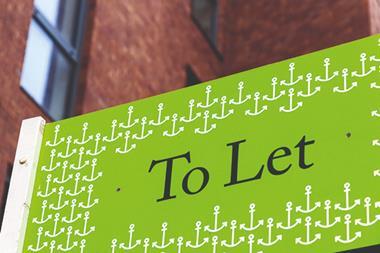In its shake-up of planning laws this month, the Government announced there could be ‘automatic permission’ for development on brownfield land (‘Brownfield housing push may have unexpected potential,’ 17.07.15)
The Greater London Authority (GLA) has already earmarked the capital’s largest brownfield sites - 38 Opportunity Areas - as places that could host over 300,000 extra houses and provide half a million jobs.
Such numbers put this policy at the heart of efforts to create new homes in the capital. Indeed, new research jointly from London First and Terence O’Rourke indicates that by strengthening them, these Opportunity Areas have the potential to deliver a huge boost to London’s competitiveness as a global city. But there are also hurdles to jump.
Low values, inadequate infrastructure, and poor transport links often come together to make development in these areas unviable. Problems also range from patchy information about how Opportunity Areas are progressing, insufficient planning skills in boroughs, and too little clarity in some areas about how the required transport infrastructure costs will be met.
These problems affect some Opportunity Areas more than others. Terence O’Rourke has categorised the 38 Areas by the need each has for public sector support. There is a good number where the market and normal borough policies should drive delivery, with some support from the GLA. A couple of areas to watch in the short term are Croydon and Elephant and Castle, which are already going through major transformation and redevelopment. But 17 are classed as needing ‘significant guidance or assistance’, while two - the Upper Lea Valley and Bexley Riverside - are unlikely to deliver what’s expected of them, even with such support.
Transforming Opportunity Areas into places that Londoners will want to live, work and visit, is a substantial task that requires vigorous action by London government, with support from central and local government, and London’s businesses. Even if we do make progress on these Opportunity Areas, they are not a panacea. Without a full package of policies - including building on scrubland currently classified as Green Belt that is close to existing transport nodes - we will continue to fail to build the numbers of houses that London’s population needs.
Baroness Jo Valentine, chief executive, London First
































No comments yet